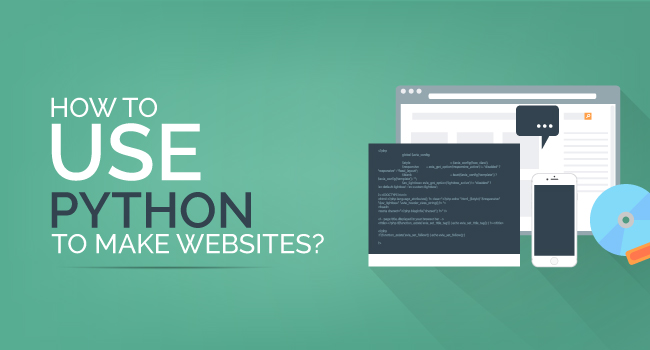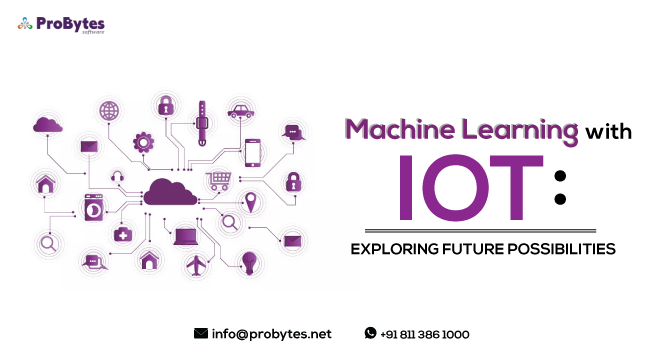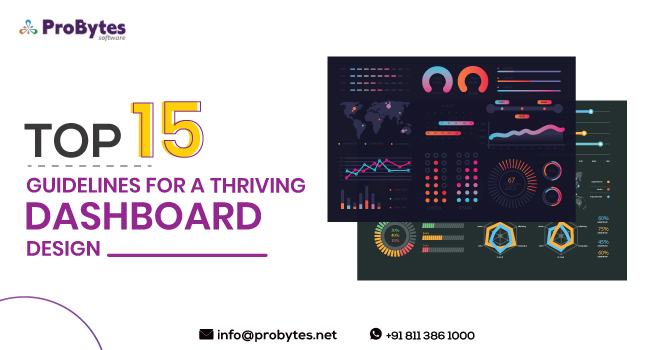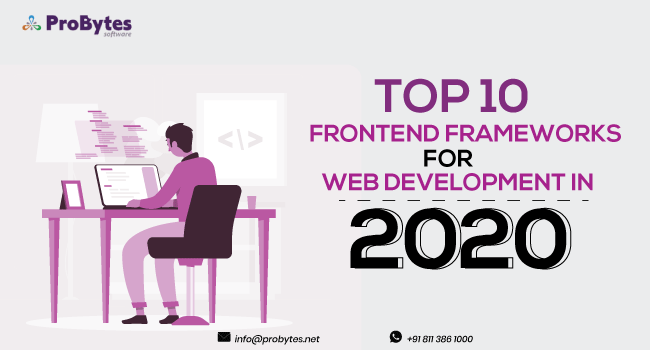Blog Category(283 Blogs)
Python is an object-oriented language that has marked its position in the web development industry. This interactive and modular language is dynamic in nature and portable, as well. Its good assistance for reusability mechanisms and its free availability has made it a prime choice for diverse enterprise applications.
In short, the language named after Monty Python is giving a tough competition to its counterparts with lots of improvements on the go.
Its usage is not just limited to one single platform as its excellence can be utilized in a variety of ways. Considering its ease of use and faster to program nature, it is now widely used in a corporate environment too. For many number of reasons, Python is regarded as the industry’s most preferred language. Let’s find out why?
- Availability:
It is one of the best in the open source systems introduced so far. This simply means that the efficient software can be accessed free of cost. Ventures with budget constraints can make use of this free gem to improve the exposure of their online business. And while using CPython, users even have the permission to alter the source code and distribute it.
- Easier to Use:
It is one of the web development languages that are designed with beginners in mind. Not much technical skill or brilliance is needed to understand and use this language and that is why it is renowned as a beginner’s language. As it needs only comparatively fewer programming codes, it becomes easy for new programmers to handle it and it’s easy to debug nature add to the convenience. Despite its white space usage, it is considered more readable compared to any other languages. Moreover, it is fun to use the language with no way of stress.
- Stability:
With new versions, the language keeps on adding improvisations to match with changing needs. This form of stability makes the language easy to handle during any phase of the project. Unlike C-based languages, the language has no pointers. This makes it a safe and reliable option. Also, the errors never go silent making it easy for you to read and understand if the program crashes. This enables you to correct the errors on the go. With minimal characters and more use of plain English language, it is visually uncluttered.
- Philosophy:
The unique philosophy of Python is another key factor that makes it different from the programming languages. The Zen of Python summarizes the language philosophy that emphasizes that “Explicit is better than implicit”, “Readability counts” and a lot more. In fact, Swift, CoffeeScript, Cobra, and Groovy are among the languages that were designed after Python owing to the influence of its philosophy and design.
- Easy Integration:
It can be easily integrated with other popular languages for better results. The third-party modules in Python Package Index (PyPI) are the key assistance for easy collaboration with other platforms. The popular among the integrated languages are CPython (Python with C), Jython (Python with Java), IronPython (.NET and C#), PyObjc (Objective-C toolkits) and RubyPython (Python with Ruby). Its quick transition time to other languages is really impressive and a lot faster that one can imagine.
- Versatility:
Its versatility in use is another important factor for its wide use. The software runs without any obstacles on almost all main operating systems. This includes Linux, Microsoft Windows, and Mac OS X. As object-oriented concept is used, it allows reuse of data structures which in turn minimizes the quantity of repetitive work. In addition to automatic memory management and a dynamic type system, Python runs on multiple programming paradigms.
- Learning Curve:
Compared to other languages, Python has a better learning curve. It’s easy to use syntax is one of the key reasons for its easiness in learning. As it has a good readability and clarity, users find it really easy to understand program codes. It almost resembles the basic “pseudo-code” and that is why even the beginners vote for Python language. In fact, an experienced professional can even pick up the language basics in less than a day.
- Multiple Domains:
Its usage is not restricted to a single domain as it has a wide acceptance in diverse domains. Even when it can be rated high for its web applications, it cannot be ignored for its dominance in language development, operating systems; prototyping and web frameworks. In fact, the mission-critical applications of the world’s largest stock exchange are handled by this language. Its role in diverse computational and scientific sectors and development of mind-blowing games cannot be ignored.
- In Built Modules:
Python comes in built with a wide range of library modules that can handle different programming tasks. The language has over 300 modules making it easy to handle different tasks with ease. With the right usage of tools and libraries, Python serves the role of a general-purpose language. In addition to desktop apps, the language has made a strong foundation in artificial intelligence, data analysis, and backend web development. Good support is offered by the library for internet protocols including e-mail processing, HTML, and XML.
- Reduced Development Times:
The same applications that are developed using Java can be made about five to 10 times faster when using the Python language. Similarly, the development pace is much more impressive when you compare an application that is programmed using C or C++. Also, the use of efficient content management frameworks helps with creation of highly interactive websites in a much quicker way with options for easy modification anytime.
- Cost Effective Maintenance:
The maintenance of software is always a challenging task despite its excellence in functionality. For an enterprise with fewer resources and more work to handle, Python has proved to be a vital choice with increased coder productivity. Apart from free license fees that assure a cost-effective creation, the software also promises a cost-effective maintenance.
- Short Programs:
Python performs an application with fewer lines of code. When considering its main counterpart C++, Python does the job in almost half the lines of code. Importantly, this also supports a lower margin for error. And when considering Java, the job is completed in 3-5 times shorter lines of codes. For its enhanced usability, this open-sourced and flexible language has found great applications in shipbuilding industries and movie animations.
- Extensible:
Along with standard modules, there are options to make the software extensible. The free availability of frameworks, libraries, add-on modules, and tool-kits makes the extension a lot easy for the users. A range of programmable interfaces can be easily added to existing applications. With all these options, programmers can handle the projects better with proper and easy collaboration with researchers, quants, and analysts.
- Quick Processing:
Any sort of applications can be developed in a quicker fashion with Python as it has the freedom to work with other programming frameworks. Its fast processing with high-level data typing is one of the key factors that make it a cost saving and time saving option for the enterprises. Even large systems can be documented in no time and modification of search engines is faster than you think with Python. Moreover, its direct problem solving approach makes the language different from its counterparts.
- Wide Support:
The active support community assures wide support to the language users absolutely free of cost. Even when the support is not official, the active users are always ready to help those in need. For technical help, users can make a visit to Python.org where they can refer tutorials. And the support is extended with mailing lists, diverse websites, and USENET “netnews” groups.
In the IEEE Spectrum ranking for the year for the most popular languages, Python clinched the first position. And most of the schools are considering Python for introductory programming courses. The Popularity of Programming Language (PYPL) ranking based on Google trends has marked Python in the third position. With a growing ecosystem, the language has remained popular ever since it was introduced back in 1991. It can be considered as a glue language that easily links up different segments of a complex solution. Its reliability in use is evident from the fact that its clientele includes many global enterprises such as Nokia, Linux, NASA, JP Morgan, Wikipedia, IBM, YouTube, Mozilla, Weekly News, Bank of America, Google, Ultraseek, Yahoo!, Disney and Yahoo Maps. Python web development is in the mainstream for a pretty long period for its efficiency in handling data-heavy sites.

 Python
Python Magento
Magento Odoo
Odoo How To
How To How Much
How Much Yii Development
Yii Development Core PHP
Core PHP Prestashop
Prestashop Latest News
Latest News Education
Education Web Design
Web Design Business
Business Ecommerce
Ecommerce Travel
Travel Banking and Finance
Banking and Finance Web Development
Web Development Ruby On Rails
Ruby On Rails Joomla Development
Joomla Development Ecommerce
Ecommerce Magento Development Services
Magento Development Services Hire a Developer
Hire a Developer Web Crawling Services
Web Crawling Services











